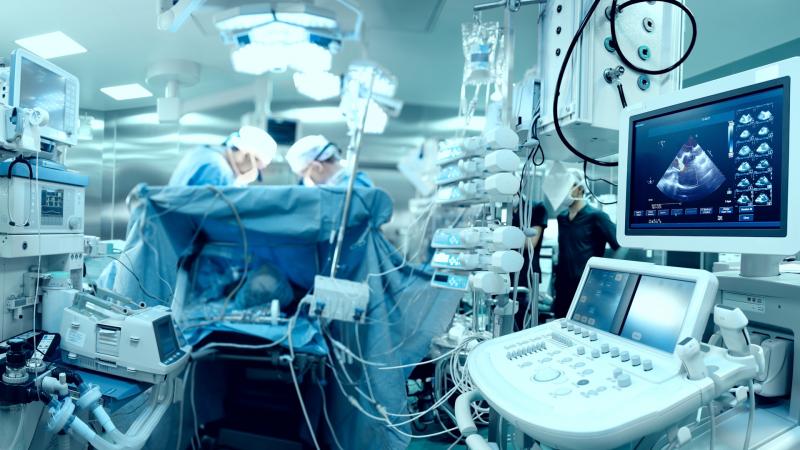In the age of digital health, the adoption of digital technologies can significantly streamline medical device vigilance reporting processes, leading to more efficient data collection, analysis, and communication of safety information. The integration of digital health technologies into medical device vigilance offers several advantages, including real-time reporting, enhanced data accuracy, and increased patient engagement.
Digital health technologies, such as mobile applications, wearable devices, and electronic health records, enable real-time data capture and reporting of adverse events and safety-related information. Patients and healthcare professionals can quickly report adverse events using digital platforms, allowing regulatory authorities and manufacturers to receive safety data promptly. Real-time reporting can lead to faster signal detection, enabling timely interventions and mitigating potential risks.
Moreover, digital health technologies can facilitate more accurate and comprehensive data collection. Standardized electronic reporting forms can reduce data entry errors and facilitate the analysis of safety data across different sources. Data integration from multiple digital platforms enables a holistic view of medical device safety, helping identify patterns and trends more effectively.
Patient engagement is also crucial in medical device vigilance reporting. Digital health technologies can empower patients to report adverse events directly, encouraging greater participation and providing a patient-centric approach to safety monitoring. Engaged patients can contribute valuable information and insights, enriching the safety database.
Regulatory agencies worldwide play a central role in shaping the Medical Device Vigilance Market. They establish guidelines and regulations to ensure that manufacturers and healthcare providers comply with vigilance reporting requirements. The increasing harmonization of international regulations, such as the Medical Device Single Audit Program (MDSAP), promotes global collaboration and data sharing, further strengthening the market's capabilities.
To fully realize the potential of digital health technologies in medical device vigilance, collaboration between regulatory authorities, healthcare providers, and manufacturers is essential. Establishing interoperability standards and data-sharing protocols can enable seamless information exchange, maximizing the benefits of digital health in safety reporting.
However, challenges such as data privacy and cybersecurity need to be addressed to ensure the secure and confidential transmission of sensitive medical information through digital platforms.
The integration of digital health technologies in medical device vigilance reporting holds immense promise in streamlining safety data collection, analysis, and communication. Real-time reporting, enhanced data accuracy, and increased patient engagement are key benefits that can drive proactive risk management and improve patient safety in the medical device industry.
